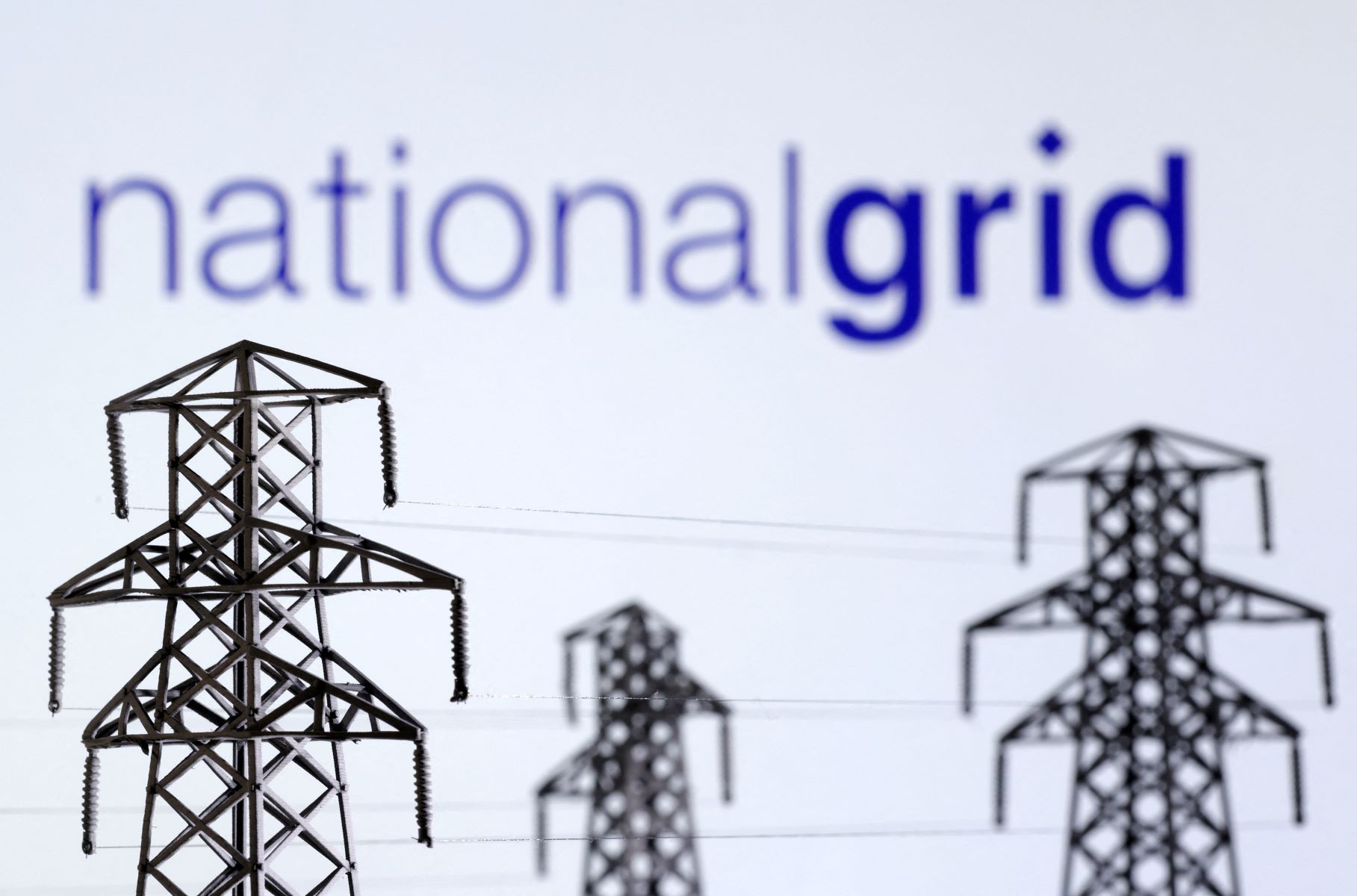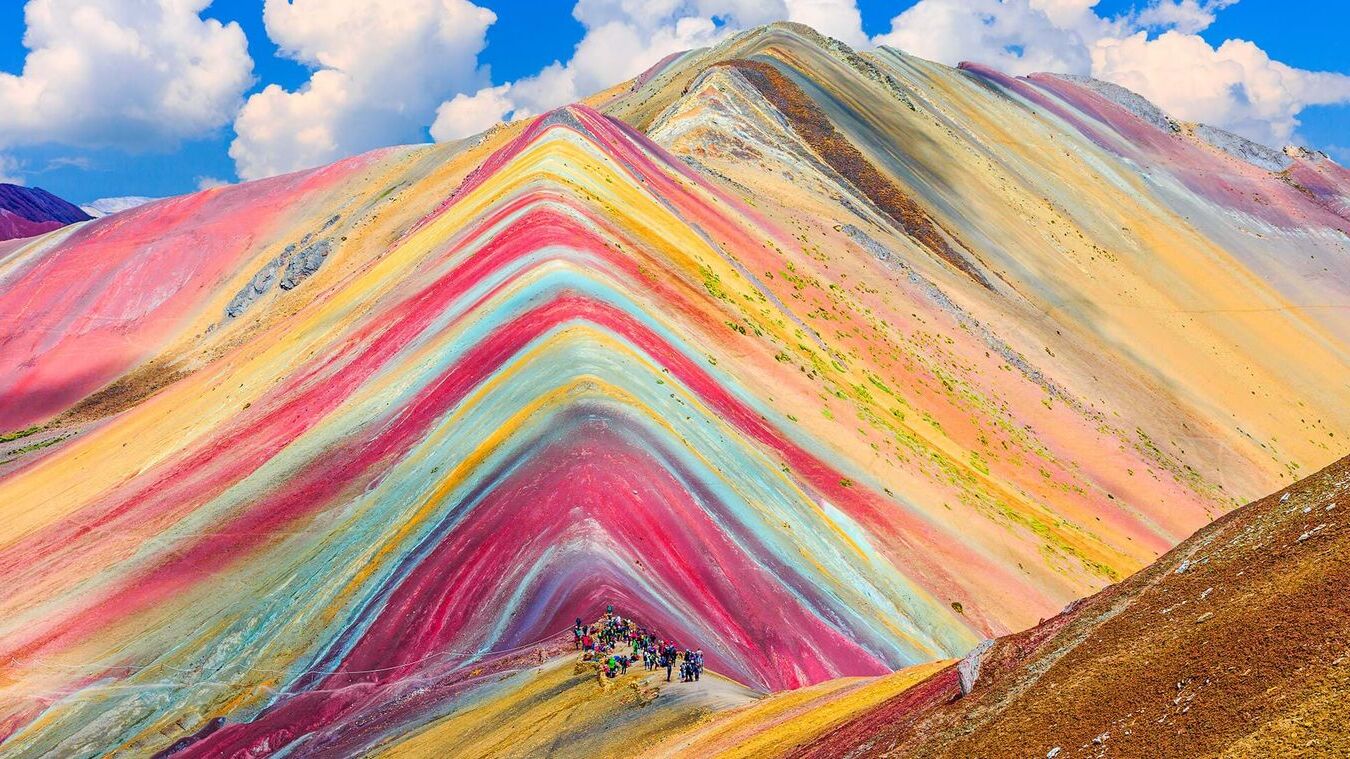
The Pacific War was a major theater of World War II, spanning from 1941 to 1945. This conflict involved fierce battles between the Allies, primarily the United States, and the Empire of Japan. Why did this war start? The attack on Pearl Harbor on December 7, 1941, by Japanese forces marked the beginning. This surprise assault led to the U.S. entering World War II. The war saw significant battles like Midway, Iwo Jima, and Okinawa. It ended with Japan's surrender after the atomic bombings of Hiroshima and Nagasaki in August 1945. What were the key events and outcomes? Let's dive into 35 fascinating facts about this pivotal conflict.
Key Takeaways:
- The Pacific War, part of World War II, began with Japan's surprise attack on Pearl Harbor in 1941, leading to significant battles and the development of new technologies in warfare.
- The war had a profound human cost, with millions of lives affected, and its aftermath reshaped international relations, leading to the establishment of the United Nations.
The Beginning of the Pacific War
The Pacific War, part of World War II, involved many nations and spanned vast areas of the Pacific Ocean. It began with a surprise attack and led to numerous significant events.
- The Pacific War started on December 7, 1941, with Japan's attack on Pearl Harbor.
- This attack led the United States to declare war on Japan the next day.
- Japan aimed to cripple the U.S. Pacific Fleet to prevent interference with its expansion plans.
- The attack on Pearl Harbor resulted in over 2,400 American deaths.
- Eight battleships were damaged or sunk during the attack.
Major Battles and Campaigns
The Pacific War saw numerous pivotal battles and campaigns that shaped its outcome. These battles were fought on land, sea, and air.
- The Battle of Midway, fought in June 1942, was a turning point in the Pacific War.
- The U.S. Navy's victory at Midway significantly weakened the Japanese fleet.
- The Guadalcanal Campaign, from August 1942 to February 1943, marked the first major Allied offensive.
- The Battle of Leyte Gulf in October 1944 was the largest naval battle in history.
- The Battle of Iwo Jima, from February to March 1945, saw fierce fighting and heavy casualties.
Key Figures and Leaders
Several key figures and leaders played crucial roles in the Pacific War. Their decisions and actions had lasting impacts on the conflict's direction and outcome.
- Admiral Isoroku Yamamoto planned the attack on Pearl Harbor.
- General Douglas MacArthur led Allied forces in the Southwest Pacific.
- Admiral Chester W. Nimitz commanded the U.S. Pacific Fleet.
- Emperor Hirohito was Japan's figurehead during the war.
- President Franklin D. Roosevelt led the United States through most of the conflict.
Technological Advancements
The Pacific War spurred significant technological advancements, particularly in warfare. These innovations changed the nature of combat and had lasting effects.
- Aircraft carriers became the dominant naval vessels, replacing battleships.
- Radar technology improved, aiding in early detection of enemy forces.
- The development of the atomic bomb was a direct result of the war.
- The use of codebreakers, like those at Bletchley Park, helped decipher Japanese communications.
- Amphibious warfare techniques were refined, crucial for island-hopping campaigns.
The Human Cost
The Pacific War had a profound human cost, affecting millions of lives. The toll on soldiers and civilians alike was immense.
- Over 100,000 Japanese civilians died in the Battle of Okinawa.
- The atomic bombings of Hiroshima and Nagasaki killed over 200,000 people.
- Prisoners of war faced brutal conditions, with many not surviving captivity.
- The Bataan Death March resulted in the deaths of thousands of American and Filipino soldiers.
- Many Pacific islands' indigenous populations were displaced or killed.
The War's End and Aftermath
The Pacific War ended with significant consequences for the world. The aftermath reshaped international relations and led to lasting changes.
- Japan surrendered on August 15, 1945, after the atomic bombings.
- The formal surrender ceremony took place on September 2, 1945, aboard the USS Missouri.
- The war's end marked the beginning of the U.S. occupation of Japan.
- War crime trials were held, leading to the prosecution of Japanese leaders.
- The United Nations was established in 1945 to prevent future global conflicts.
Cultural Impact and Legacy
The Pacific War left a lasting cultural impact, influencing media, literature, and collective memory. Its legacy continues to shape perceptions and historical understanding.
- Films like "Tora! Tora! Tora!" and "Letters from Iwo Jima" depict the war's events.
- Books such as "Unbroken" by Laura Hillenbrand tell personal stories from the conflict.
- Memorials and museums, like the USS Arizona Memorial, honor those who served.
- The war influenced post-war Japanese culture, including pacifist movements.
- The Pacific War's history is taught worldwide, ensuring future generations remember its lessons.
Reflecting on the Pacific War
The Pacific War left an indelible mark on history. From the attack on Pearl Harbor to the atomic bombings of Hiroshima and Nagasaki, this conflict reshaped the world. The war saw the rise of significant military strategies, like island hopping, and introduced new technologies, including the B-29 Superfortress. It also highlighted the bravery and resilience of countless soldiers and civilians. The Battle of Midway turned the tide in favor of the Allies, showcasing the importance of intelligence and strategy. The war's end brought about the United Nations, aiming to prevent such global conflicts in the future. Remembering these facts helps us understand the complexities and sacrifices of that era. By learning from the past, we can strive for a more peaceful future. The Pacific War's legacy continues to influence our world today.
Frequently Asked Questions
Was this page helpful?
Our commitment to delivering trustworthy and engaging content is at the heart of what we do. Each fact on our site is contributed by real users like you, bringing a wealth of diverse insights and information. To ensure the highest standards of accuracy and reliability, our dedicated editors meticulously review each submission. This process guarantees that the facts we share are not only fascinating but also credible. Trust in our commitment to quality and authenticity as you explore and learn with us.


